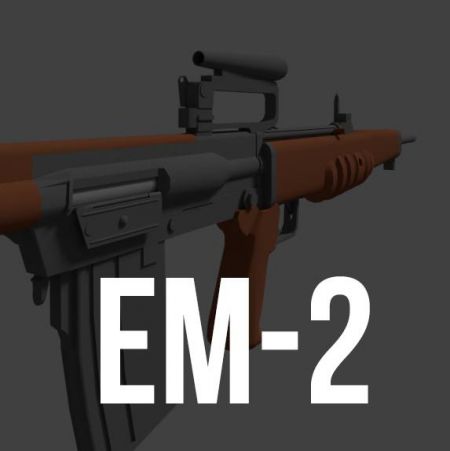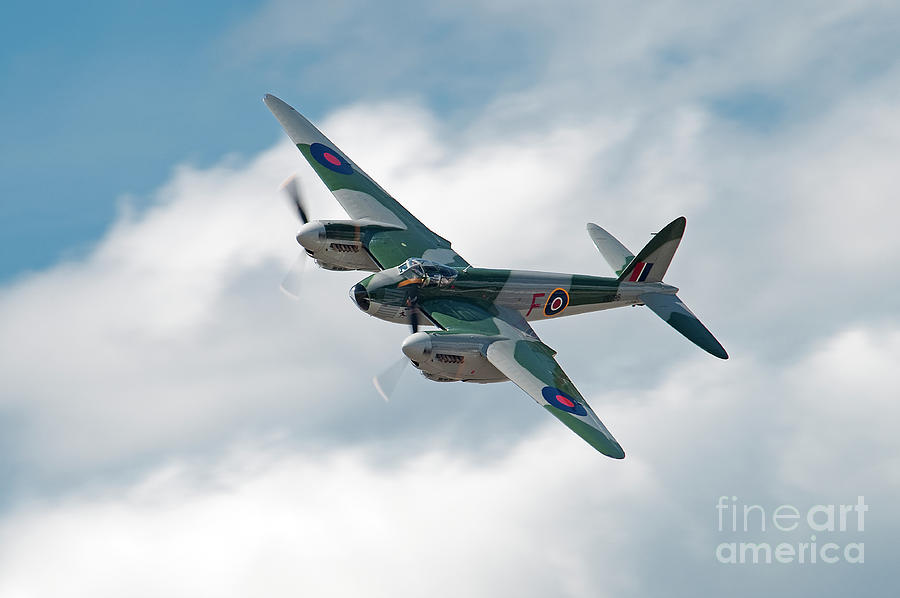
What was the role of the de Havilland Mosquito?
The de Havilland Mosquito operated in many roles, performing medium bomber, reconnaissance, tactical strike, anti-submarine warfare, shipping attacks and night fighter duties, until the end of the war. [104]
How many de Havilland Mosquitoes were made in WW2?
At least a single de Havilland Mosquito was delivered to the Soviet Union marked 'DK 296'. [216] Total Mosquito production was 7,781, of which 6,710 were built during the war. Factory-fresh Mosquito B.XVIs built by Percival: visible serial numbers are PF563, 561, 564, 565 and 562.
What is the best book on the de Havilland Mosquito?
De Havilland Mosquito: The Original Multirole Combat Aircraft. Stroud, England: Fonthill Media, 2017. ISBN 978-1-78155-494-4. Bishop, Edward. The Wooden Wonder. Shrewsbury, UK: Airlife Publishing Ltd., 3rd edition 1995. ISBN 1-85310-708-5. Boiten, Theo. Nachtjagd: the night fighter versus bomber war over the Third Reich, 1939–45.
What was the last de Havilland Mosquito to fly?
Pilot Kevin Moorhouse and Engineer Steve Watson were both killed in the crash. [217] At the time, this was the last airworthy Mosquito T.III. For a more comprehensive list, see List of de Havilland Mosquito operators. For a more comprehensive list, see List of surviving de Havilland Mosquitos.
See more

What was the last aircraft to remain in service?
The RAF's target tug version was the Mosquito TT Mk 35, which were the last aircraft to remain in operational service with No 3 CAACU at Exeter, being finally retired in 1963. These aircraft were then featured in the film 633 Squadron. A number of B Mk XVIs bombers were converted into TT Mk 39 target tug aircraft.
How many fuel tanks did the Mosquito have?
The fuel systems gave the Mosquito good range and endurance, using up to nine fuel tanks. Two outer wing tanks each contained 58 imp gal (70 US gal; 260 L) of fuel. These were complemented by two inner wing fuel tanks, each containing 143 imp gal (172 US gal; 650 L), located between the wing root and engine nacelle. In the central fuselage were twin fuel tanks mounted between bulkhead number two and three aft of the cockpit. In the FB.VI, these tanks contained 25 imp gal (30 US gal; 110 L) each, while in the B.IV and other unarmed Mosquitos each of the two centre tanks contained 68 imp gal (82 US gal; 310 L). Both the inner wing, and fuselage tanks are listed as the "main tanks" and the total internal fuel load of 452 imp gal (545 US gal; 2,055 L) was initially deemed appropriate for the type. In addition, the FB Mk VI could have larger fuselage tanks, increasing the capacity to 63 imp gal (76 US gal; 290 L). Drop tanks of 50 imp gal (60 US gal; 230 L) or 100 imp gal (120 US gal; 450 L) could be mounted under each wing, increasing the total fuel load to 615 or 715 imp gal (739 or 859 US gal; 2,800 or 3,250 L).
How many mosquitoes are there in the world?
There are approximately 30 non-flying Mosquitos around the world with four airworthy examples, three in the United States and one in Canada. The largest collection of Mosquitos is at the de Havilland Aircraft Heritage Centre in the United Kingdom, which owns three aircraft, including the first prototype, W4050, the only initial prototype of a Second World War British aircraft design still in existence in the 21st century.
What did De Havilland write to Wilfrid Freeman?
On 7 July 1938, de Havilland wrote to Air Marshal Wilfrid Freeman, the Air Council's member for Research and Development, discussing the specification and arguing that in war, shortages of aluminium and steel would occur, but supplies of wood-based products were "adequate.".
What was the record for the most combat operations flown by an Allied bomber in the Second World War?
A Mosquito B Mk IX holds the record for the most combat operations flown by an Allied bomber in the Second World War. LR503, known as "F for Freddie" (from its squadron code letters, GB*F), first served with No. 109 and subsequently, No. 105 RAF squadrons.
When did the DH.98 project stop?
Work on the DH.98 prototype stopped. Apparently, the project shut down when the design team were denied materials for the prototype. The Mosquito was only reinstated as a priority in July 1940, after de Havilland's general manager, L.C.L. Murray, promised Lord Beaverbrook 50 Mosquitos by December 1941.
What was Geoffrey de Havilland's idea for the Albatross?
One of de Havilland's proposals was to adapt the de Havilland Albatross design to create a fast bomber. Based on his experience with the Albatross, Geoffrey de Havilland believed that a bomber with a good aerodynamic design and smooth, minimal skin area, would exceed the P.13/36 specification.
Origins
This section should detail the design and development of the aircraft but end when the aircraft entered service. Feel free to add subsections like "Production", "Initial Design", etc.
Operational History in the RAF
This section should detail the wars which the aircraft fought in, and how it helped, etc. Feel free to add subsections on specific battles, etc.
Variants
The variants section should be laid out as followed, and each variant should include details on changes made to the aircraft, and specific performance specifications:
Legacy
Detail information on surviving examples, recognition by RAF pilots, etc.

Popular Posts:
- 1. what do roblox noobs look like
- 2. how to be a roblox creator
- 3. how to transfer roblox from one account to another
- 4. how to make your own song id on roblox
- 5. how to play roblox on website on chromebook
- 6. how to make a roblox game public
- 7. how to send messages on roblox
- 8. where do you buy roblox gift cards
- 9. how to fly in roblox horse world
- 10. how to play a song on roblox